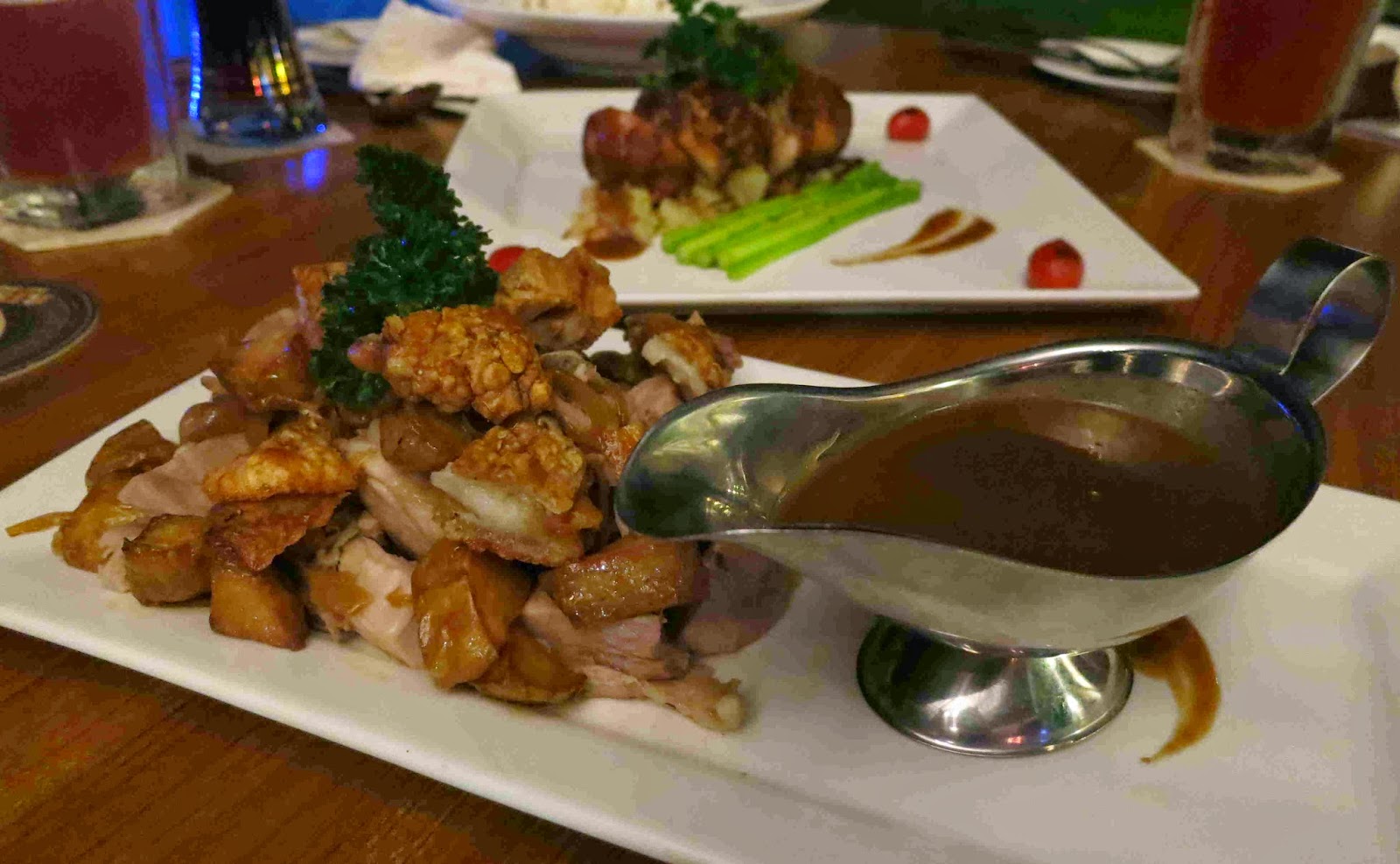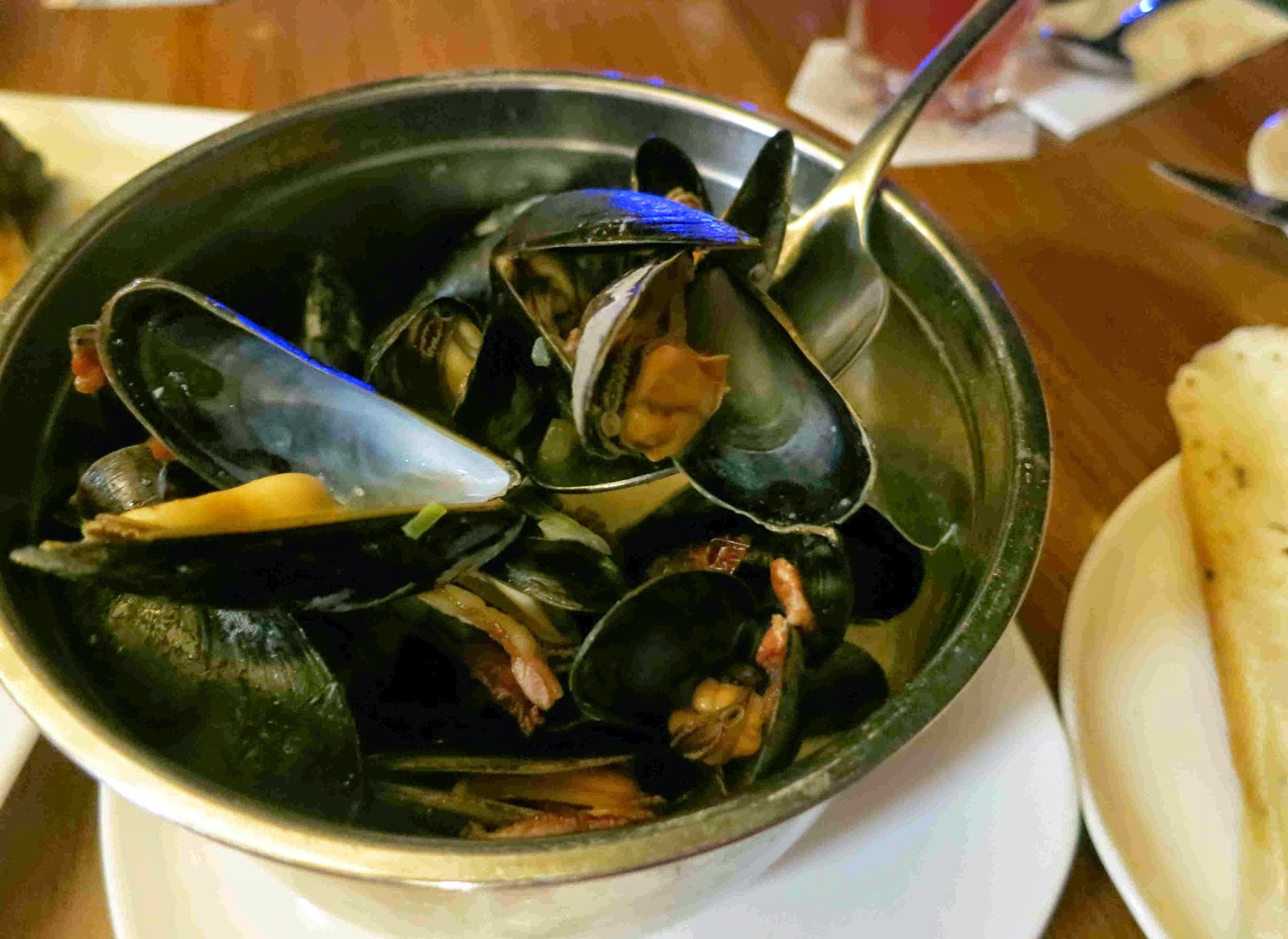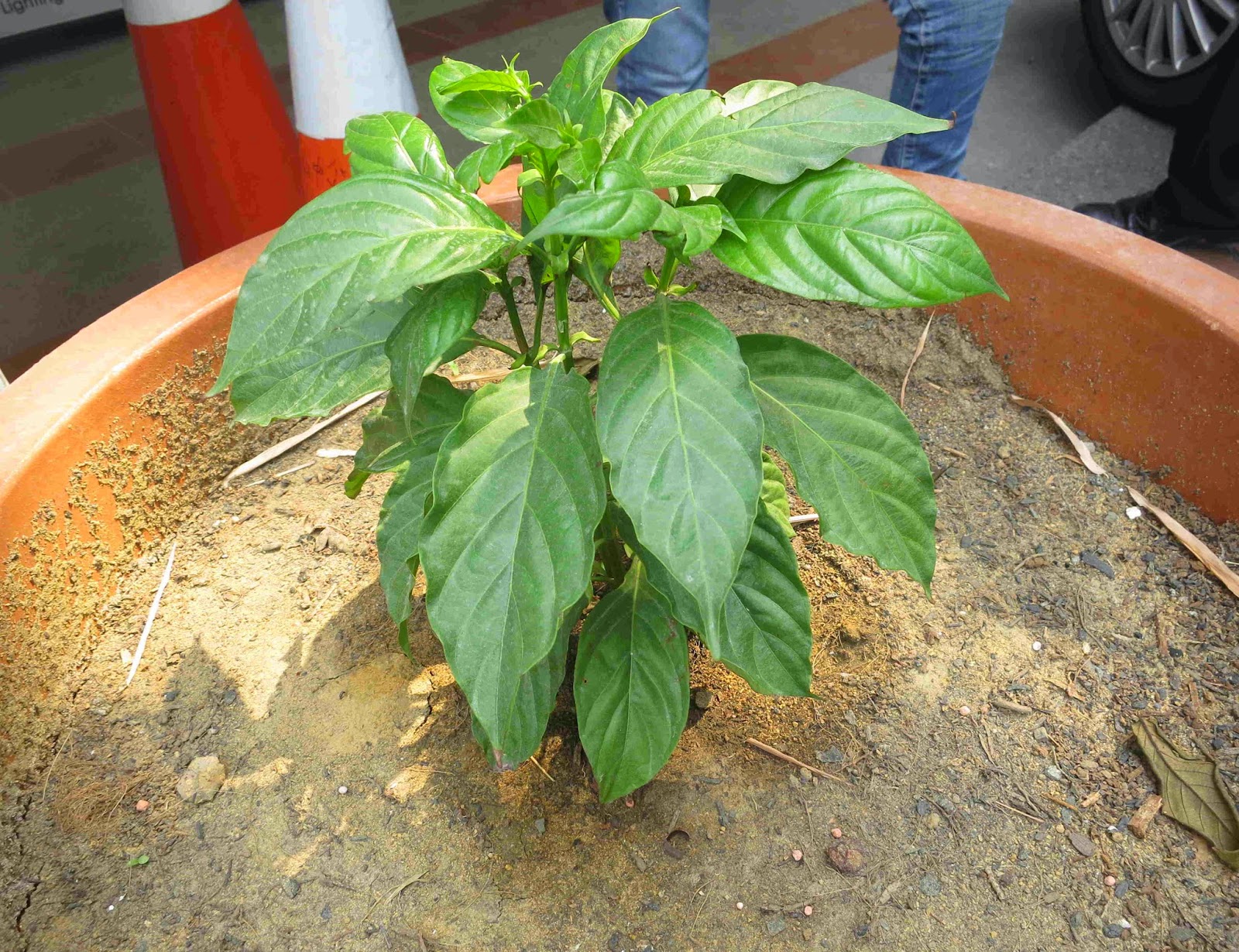 |
Tunamaya Beach & Spa Resort in Tioman Island
|
With the soft
drone from the Cessna plane in my ears, I’m winging my way to Tioman Island
after a comfortable take-off from Sultan Ismail International Airport in
Senai. Strapped to my seat behind the
pilot, I turn around to look at my friends in the 8-seater aircraft, who
seem equally excited about being on the inaugural charter flight to Tunamaya
Beach & Spa Resort. Before we
boarded, the resort staff seeing us off on the tarmac presented each of us with
a pretty garland of orchids and we are happily wearing them like tourists off
to a fantasy holiday.
 |
Happy "tourists" wearing orchid garlands in the flight!
|
It is almost
like a scene out of Fantasy Island, a
‘70s television series where people fly to a mysterious island to live out
their fantasies but this is no fantasy because we are on our way to experience
an All-Inclusive luxury package at Tunamaya.
I look out of the cabin window to see cotton puffs of clouds as we climb
higher and my thoughts drift to a vision of Ricardo Montalban as Mr Roarke,
dressed in his white suit and how he speaks with a distinct Spanish
accent. I remember at the beginning of
every episode, his sidekick, Tattoo, will run up the bell tower to ring a bell
to announce the arrival of guests and shout, “The plane! The plane!”
 |
The shadow of our aircraft gliding swiftly along...
|
When the clouds
part, I spot the South China Sea below and feel the aircraft’s gentle descent
as we approach the cluster of islands in the Mersing Marine Park. With the sun behind us, I’m following the
shadow of our aircraft as it glides swiftly against the lush canopy of greenery
on Tioman Island. I’m reminded of the
shadow of a similar moving aircraft in the opening scenes of the 1996
award-winning romantic drama, The English
Patient, where Ralph Fiennes as Count Laszlo Almasy, is flying away with
the body of his dead lover, Katharine Clifton, played by Kristin Scott
Thomas. The shadow soon disappears as
our aircraft makes a gradual descent and we land smoothly at Kampung Tekek
Airport after a 45-minute flight from Johor Baru.
Warm Welcome
 |
Arrival at Kampung Tekek Airport, Tioman
|
The wonder of
arriving at an island resort continues as I disembark from the aircraft to see
Tunamaya staff, wearing green shirts, helping to ferry our luggage to the
nearby jetty. Instead of a Mr Roarke,
resort manager Paul Cheah, welcomes us and echoes the words of Tattoo, “The
plane! The plane!” with a laugh and leads us on a short walk from the airport
to the jetty. He tells us that we are
the privileged few to experience the Tunamaya Air chartered flight that will be
officially launched from Dec 20 to offer up to four charter flights per day to
Tioman Island from Senai in Johor and Subang Skypark Terminal, Kuala Lumpur.
From the sky we
go to the sea and the tide is high as we board the resort’s boat for a
30-minute cruise to the southern tip of the island where Tunamaya is
situated. The overhead sun is creating
myriads of water prisms that sparkle like shiny diamonds on the sea surface as
balmy breezes whip around us. Paul is
regaling us with traditional folklore, pointing to how the profile of Tioman
Island resembles the outline of a dormant dragon with its green scales jutting
out as rainforests, its gray claws in granite boulders and its horns are the
twin peaks that form a majestic backdrop for Tunamaya. Intrigued by the romance of local legends, my
eyes search for the first sight of the resort which is guarded by twin peaks
and built on the site where some location scenes for the 1958 Rogers & Hammerstein musical, South Pacific, was filmed.
 |
Boarding the resort's boat for our cruise to Tunamaya
|
As we climb onto
the jetty, a strolling guitarist is serenading a welcome but my eyes are
riveted on the spectacular sight of the mystical twin peaks that soar above the
resort’s private beach. I can see why
the movie-makers borrowed this view for location filming of blockbuster movies
like South Pacific. I spot the swimming pool to the left of the
jetty and a sandy beach to the right with rocky outcrops in the receding tide. As I accept a fresh coconut from serving
staff, I decide to ignore the silky sand that has slipped into my shoes, but
just sit back to sip my coconut juice and soak in the calm ambience, glad to
have arrived in such a hassle-free journey – and gained more time to relax!
Chilling Out
 |
Luxurious therapy room at Sarang Spa
|
Eager
to surrender myself to the therapeutic touch of trained therapists, I make my
appointment with Sarang Spa at the check-in and ahead of time, I walk up the
hillock to the spa so there’s time to spare for a look around. While the therapist is getting my hot ginger
tea, I peek into several therapy rooms to see single and double luxurious rooms
with verandah doors wide open to welcome vistas of the tropical rainforest. The spa’s rustic beauty, mesmerizing music
and the healing touch of the therapist work well to release the knots in my
tired body and I’m reluctant to leave even when my session is over!
 |
Infinity pool that overlooks the South China Sea
|
I
remember drawing the curtains to shut out the glare in my villa and feeling
sheer bliss when I open my eyes again, refreshed and ready for a dip. The tide is out so I head to the swimming
pool to do a few laps. I’m glad I
slapped on generous layers of sun block because the setting sun seems to be
throwing bright beams my way. With thick
towels to cushion the deck chair, I find the most comfortable spot under the
open umbrella to read the next few chapters in my thriller novel.
 |
The stream that divides the beautiful landscaped garden
at Tunamaya Beach & Spa Resort
|
It
didn’t take me long to discover why the resort has the tagline, “…between
heaven and earth…” Rows of wooden
Rainforest Villas and Beach Villas are divided by a landscaped linear garden
with matured trees and a stream which is teeming with fish. Bathed in bright sunshine, it looks
picture-postcard pretty as butterflies flit and bees buzz around the
greenery.
I can feel myself unwinding with
the taste of briny air and the panoramic view of the South China Sea, dotted by
distant ships sailing on the horizon. I
close my eyes, listening to the symphony of insects singing lustily in harmony
with the rhythmic waves against the shore and I slowly drift away to a place
somewhere between heaven and earth!
Playing Hard
 |
Warming exercises led by our escort, Ben [turquoise t-shirt]
|
This is the life
– lazing around and indulging in delightful desserts and fresh seafood – but my
friends and I agree to get active and we arrange with the resort recreational team
to explore the nearby site. Before
starting our nature walk through the rainforest, Ben our escort, leads us in a
few stretching exercises to limber up.
Along the upward path, he is pointing out various flora and fauna and we
pause long enough to catch our breath before we press on in the 1-hour trek
through undulating terrain. I must admit
that the experience is quite challenging but it’s all worthwhile when we reach
the summit and sign into a log book to record our achievement.
 |
Going snorkeling from the resort's jetty
|
Soaking in sweat and with limbs aching, we are back at Ombak Bar for drinks and the well
informed bartender, who is creating my mocktail is telling me the list of
fruity ingredients that go into the tall refreshing drink called “Heaven and
Earth.” After this brief break, it’s
time for a cool dip and we head back to change into swimming togs before
picking up snorkeling equipment from the resort’s dive centre. The tide is high as we plunge into crystal
clear water from the jetty to see schools of colourful fish, pretty live corals
and some sea cucumbers. From the sea we
head to the poolside shower for a quick rinse before jumping into the pool with
a splash!
 |
A guest singer [Right] belting out a pop song
for our entertainment!
|
Our meals are
served at Pawana Restaurant which also has a private dining room and an open
terrace by the beach. With the verandah
doors thrown wide open and whirring fans above, we are more than happy to dine
indoors from a buffet spread for breakfast and dinner and order from an ala
carte menu for all-day meals. At dinner,
we dig into a range of freshly grilled seafood, shamelessly using our fingers
to enjoy every morsel and indulge to our fill until we tell the barbecue chef
to please stop serving up. With live
music entertainment and the occasional volunteer belting out a popular song, we
chat late into the night enjoying the pleasure of good food and great company,
cocooned in the charming ambience that’s uniquely Tunamaya.
Hotel
Tunamaya
Beach & Spa Resort
Mukut,
Tioman Island
Rompin,
Pahang
Tel:
607 – 798 8108/798 8110
Fax:
607 – 798 8109
Website:
tunamayaresort.com
Getting There
 |
Uninterrupted views of the South China Sea
|
A
smooth and comfortable 45-minute flight from Sultan Ismail International
Airport, Johor Baru or a 90-minute flight from Subang Skypark Terminal, Kuala
Lumpur to Kg Tekek Airport, Tioman Island and a 30-minute cruise to the resort
by the resort’s own boat
Tunamaya
Air charter flights start from Dec 20 with daily flights on Monday, Tuesday,
Friday and Sunday from Senai and Subang.
The All-Inclusive luxury 3-Day 2-Nights and 4-Day 3-Nights Packages
includes return flights, accommodation Tunamaya Beach & Spa Resort, all
meals at Pawana Restaurant, free-flow of non-alcoholic beverages at Ombak Bar
and spa treatment at Sarang Spa.
Accommodation
Cluster
of 54 well-appointed Rainforest and Beachfront Villas with balconies
Main Attraction
Hassle-free
direct trip to and from the resort in an all-inclusive package stay
First Impression
Laid-back
charm
Overall Service
Friendly
and attentive
F&B Outlets
Pawana
Restaurant, Ombak Bar and poolside kiosk
Facilities
Swimming
pools, Sarang Spa, Dive Centre for diving and snorkeling activities, nature
walks; Boat transfers, local tours, convenience shop, laundry, internet room
and free Wifi in the lobby
Places Within Walking Distance
Private
beach with panoramic views of the South China Sea
From Perhentian to Tioman
 |
Twin peaks guards Tunamaya Beach & Spa Resort
|
Tunamaya
Beach & Spa Resort has a sister property in Tuna Bay Island Resort on the
south-west coast of Pulau Perhentian Besar.
When the owners were looking to invest in another property, they flew
around Tioman Island and when they spotted the twin peaks, they found their
site! It looked so mystical in the moving
clouds that they decided to use the word, “Maya” and coined the resort’s name,
Tunamaya.
Applying
their experience from Tuna Bay, they built Tunamaya two years ago at the site
where some location scenes for the 1958 Rogers & Hammerstein musical, South Pacific, was filmed. The resort is designed around the terrain to
preserve the natural habitats in the rainforest and the nature walk was built
by forest rangers. The resort’s water
supply is drawn from a natural spring and treated before it is ready to drink. Aware that well-heeled visitors expect a
level of comfort, the well-appointed air-conditioned villas are equipped with
quality amenities like bathrobes, slippers, daily complimentary drinking water
(from the natural spring!), electric safe, hair dryer, cable TV channels and
umbrellas.
A version of this article was published in The New Straits Times, Life & Times on 20 November 2014




















































